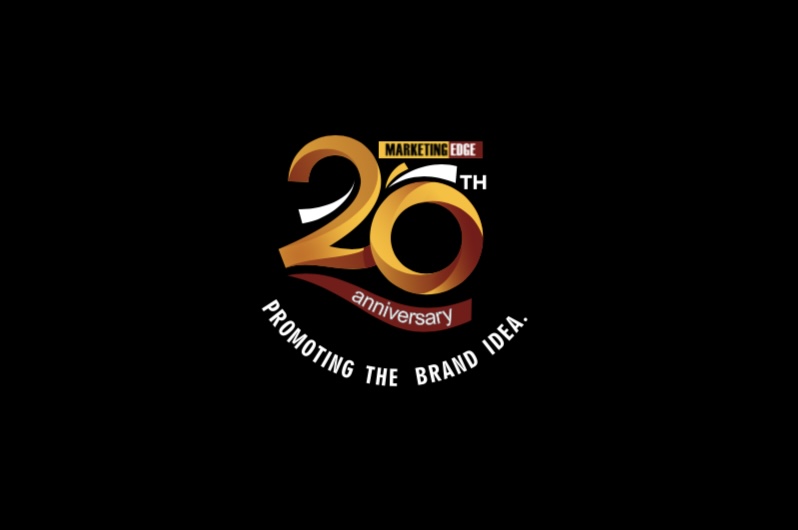Now we have the ability to put ourselves in our favourite films by uploading a single selfie. Deepfakes are getting too powerful for marketers to ignore.
There was a time when you could say “The camera never lies” with a straight face. Today, the technologies of what are euphemistically called “digital manipulation” are becoming so sophisticated that we are at risk of not being able to believe anything we see on a screen ever again.
The latest example of this is Zao, an app that has gone viral in China, which enables users to “star” in their favourite movies.
What is truly breathtaking about this tech is how user-friendly it is. Simply take a selfie and put yourself into your favourite movie or TV show, chosen from a pre-selected list of clips.
The app, developed by Chinese company Momo, became an instant sensation after it started being shared last Friday evening and rocketed to the top of Apple’s iOS download chart in China.
The immediate online reaction has mirrored the general feelings about deepfakes: a mixture of wonder at what the tech can do versus concerns about privacy and fraud.
Yes, deepfakes present a clear and present danger because there is the potential to create very convincing fake videos about politicians or celebrities in order to sway public opinion or bait clicks.
The danger was laid bare in the best marketing execution that I’ve seen so far involving deepfakes, in which R/GA and “video synthesis” specialist Synthesia turned David Beckam into a polyglot. After using this face-reading tecnhnology powered by artificial intelligence to make realistic facial movements, all you need is a decent impressionist to use a globally famous football icon to say whatever you want.
But deepfakes are also perhaps the most exciting technology that the marketing industry is on the verge of having access to at scale.
With Zao, we’ve now seen how easy it is to star in Titanic or Game of Thrones just by uploading a selfie. But what about consumers themselves starring in ad campaigns? What if Google, a global pioneer in AI and facial recognition, whose Android tech also happens to power most of the world’s smartphones, began featuring your face in YouTube pre-rolls? What if a globally dominant social media platform such as Facebook could feature your friends and family in a display ad?
These are crude creative suggestions, but luckily there is a legion of advertising agencies that, I should hope, have a plethora of ingenious ideas about how to leverage deepfakes for the holy grail of one-to-one marketing at scale.
Because this is a truly emerging technology, we don’t currently have proper legal safeguards (at least in the UK, where people don’t have statutory image rights as they do in the US) if a brand were to use your face for marketing (assuming it had obtained your picture legally). In terms of making sure people aren’t defrauded by deepfakes, a digital watermarking system or similar “seal of approval” may be necessary.
But, as long as someone’s identity is not being stolen or someone’s privacy being violated through clandestine methods, why can’t we have an open and interesting discussion about using an app such as Zao for advertising?
This is what truly revolutionary technology should be for the ad industry: a little bit scary because of the harm it can cause, but also invigorating because of the opportunities it creates for creativity and marketing effectiveness.
Whereas the mass media of the 20th century gave us celebrity and big brand messaging, the ability to personalise and target media at individuals may well end up turning all of us into brand spokespeople.
This whole time, the future of advertising may have been staring you in the face every morning.
Source: Campaignlive







Comment
No comments found.